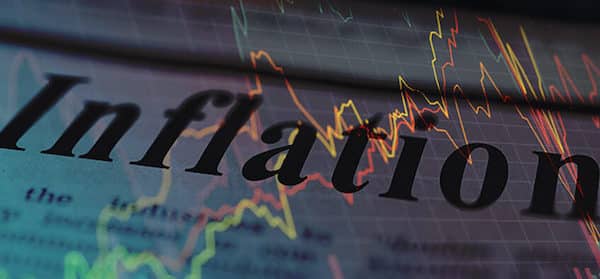AUD/USD Tests Resistance After Australian Manufacturing PMI
The rate of AUD to USD has declined 3 cents in 2 weeks, with AUD/USD falling to .06360s, but yesterday we saw a reversal higher and an attempt to break the first previous support level at 0.6450s, which should now turn into resistance. The news before the release of the manufacturing and services PMI was positive, with February’s numbers being revised higher.
AUD/USD Chart Daily – Will 0.6450 Turn from Support into Resistance?
AUD/USD has maintained a bearish trend, trading below the 0.65 level, influenced by a prevailing risk-averse sentiment in the market, largely due to escalating geopolitical tensions, particularly in the Middle East. Last week, the pair broke below the first support at 0.65, and this week, it further declined below the second level at 0.6450.
With the Federal Reserve maintaining higher interest rates for an extended period, the pair has faced downward pressure, reaching as low as 0.6362 late last week. However, the Australian dollar saw a rebound yesterday as the upward momentum of the dollar slowed. This prompted the AUD/USD pair to test the support-turned-resistance level at 0.6450.
Australian Manufacturing and Services PMI for March
- April Manufacturing PMI 49.9 points
- March Manufacturing PMI 47.3 points
- April Services PMI 54.4 points
- Aril Composite PMI 53.6 points
- March Composite PMI 53.6 points
- Composite moves to its highest since April 2022
The Australian manufacturing sector showed signs of improvement in April, with the Manufacturing PMI rising to 49.9 points from 47.3 points in March. This suggests a slight expansion in manufacturing activity, although it remains below the threshold of 50 points, indicating contraction.
On the other hand, the services sector performed well in April, with the Services PMI increasing to 54.4 points compared to the previous month. This indicates solid growth in the services industry. Overall, the Composite PMI for April reached 53.6 points, the highest level since April 2022. This suggests a strengthening of economic activity in Australia, driven by improvements in both manufacturing and services sectors.
The commentary from the report highlights several key points regarding inflation pressure in the Australian economy:
- Inflation indicators: Price indicators in April suggest that inflation within the Australian economy is above the Reserve Bank of Australia’s (RBA) target and remains “sticky,” indicating that price levels are not easily changing.
- Cost pressures: Survey respondents noted that cost pressures are increasing, attributed to higher raw materials prices and the effects of a weaker Australian dollar. This suggests that businesses are facing rising costs in their operations.
- Margin pressures: Despite cost pressures, businesses are still managing to pass on higher costs to final prices. This indicates that businesses are able to maintain or improve their profit margins by adjusting their pricing strategies to reflect higher costs.
AUD/USD Live Chart
| Broker | Website | |
|---|---|---|
| 🥇 |  | Visit Broker >> |
| 🥈 |  | Visit Broker >> |
| 🥉 |  | Visit Broker >> |
| 4 |  | Visit Broker >> |
| 5 |  | Visit Broker >> |
| 6 |  | Visit Broker >> |
| 7 |  | Visit Broker >> |












